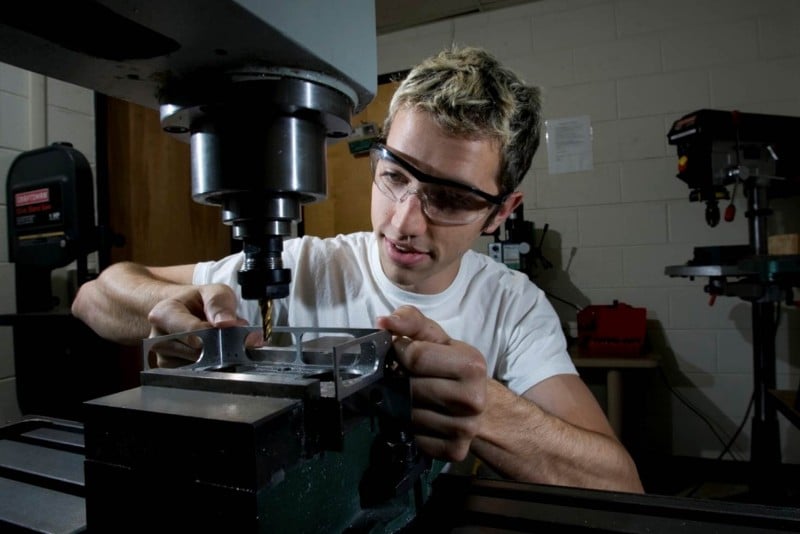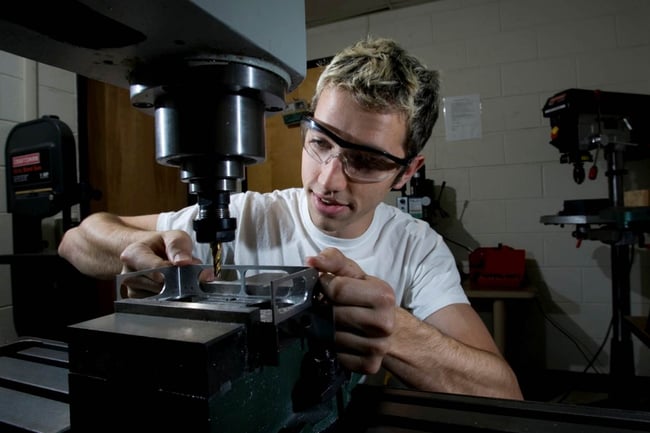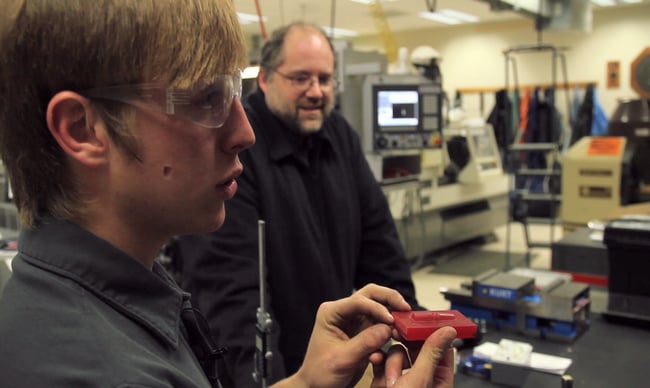It’s undeniable that education is vital to the advancement of both individuals and civilizations, and with each passing generation (each passing year, even), being educated is becoming more prevalent to success. Some would even argue that it is essential for survival. But, the landscape of education is changing – it has been for some time now. Jobs that had previously been considered “unskilled labor,” now require a 2- or 4-year degree, at a minimum.Training is less-often an on-the-job endeavor these days, and the need for technical training in the classroom has increased drastically. This leads to the buzzworthy term, STEM (shorthand for science, technology, engineering, and math). The awareness of STEM education, and its significance to the future workforce, has been growing at a rapid pace, but engineering and manufacturing businesses are still finding it a challenge to hire qualified candidates. It has been said by many sources that the key to successfully educating kids, especially in the STEM fields, is hinged on keeping kids interested throughout their education process. According to Education.com, “Researchers have found that one-third of students lose interest in science by fourth grade. Another 17 percent lose it in middle school.” Let’s be honest, STEM can be challenging, and when things are challenging, kids can have a tendency to drift toward the easier routes. That’s why keeping their interest is vital – the idea goes something like: When something is cool enough to push through to the end, kids won’t mind doing work to get there. They may even embrace the challenge. There’s an old Chinese proverb that says:
I hear and I forget I see and I remember I do and I understand
Back in 2009, Purdue did a study with two groups of 8th graders. Half received a text book and lecture education about human impacts on water quality. The other half built a water purification system to understand the concepts that were being taught. The latter group not only tested better on the concepts, but they seemed to have a better grasp of the subject matter.
The biggest hurdle in giving students these hands-on opportunities is often cost and resources – milling machines are the perfect example. The traditional assumption of a CNC mill is a machine that requires a lot of space and energy to operate, and that’s not to mention a big price tag, as well. This is where Tormach presents numerous advantages to educators. The PCNC 1100 and PCNC 770 are real machines that provide professional-quality parts without the need for industrial accommodations. Seeing projects “created” before their eyes provides a lasting impression with students, but the parts also finish with a production quality and useability. Putting machinery in the hands of students is proven to not only help them learn, but also help them understand – key steps in developing the minds of young engineers, programmers, and technologists. While the world of STEM is expanding rapidly, mills in the classroom are essential to keep students up to pace. On March 26 and 27, Tormach will have a booth (#115) at the ITEEA (International Technology and Engineering Educators Association) Conference. Stay tuned for updates and insights as we speak with teachers and professors about fitting mills, lathes, and other Tormach machines into their classrooms. Are you using a Tormach machine in your classroom? Comment below, and tell us how.




